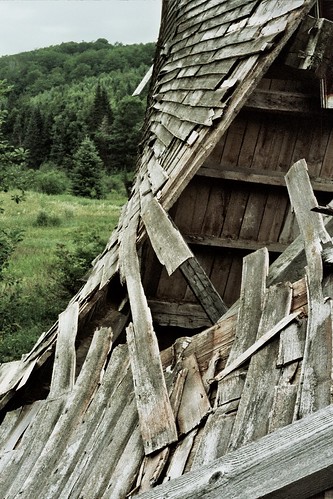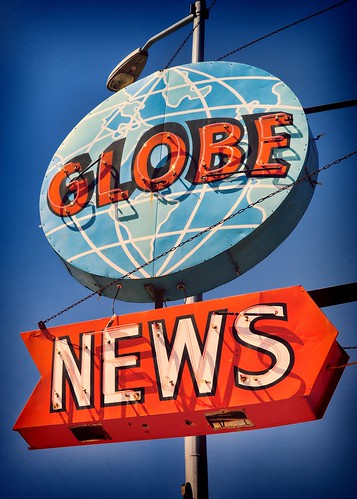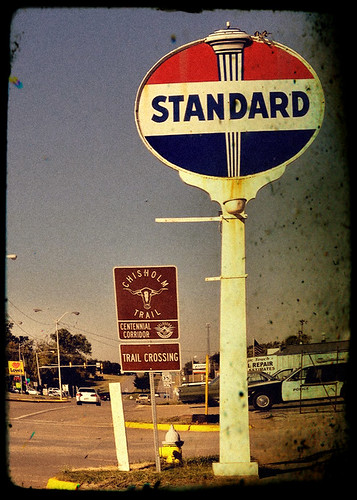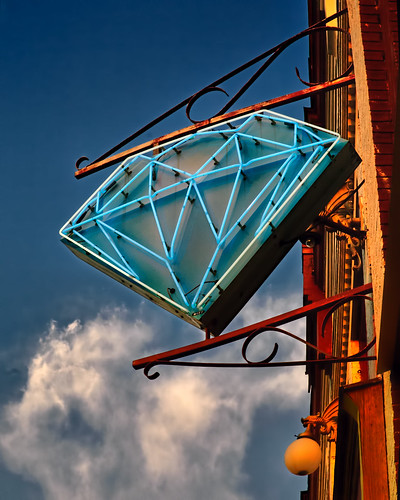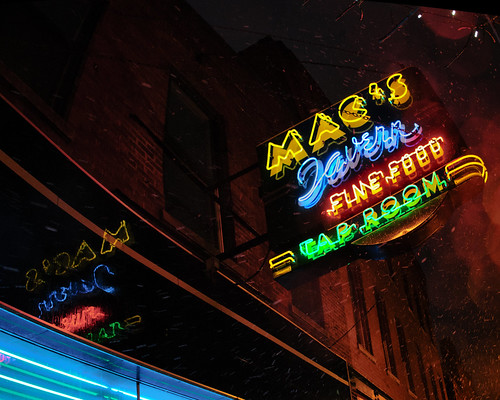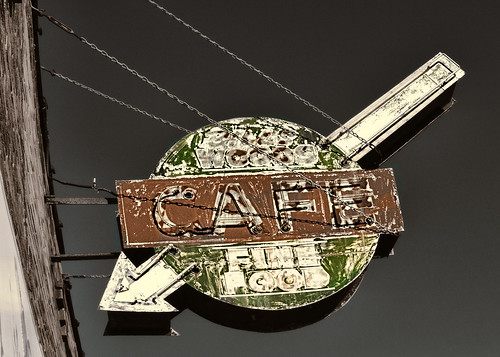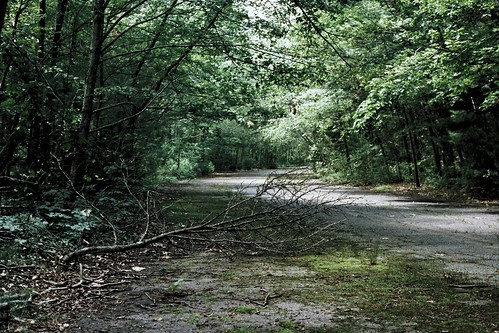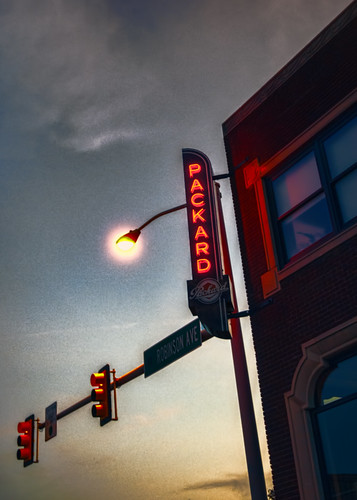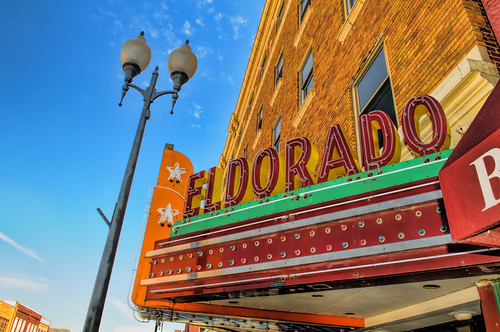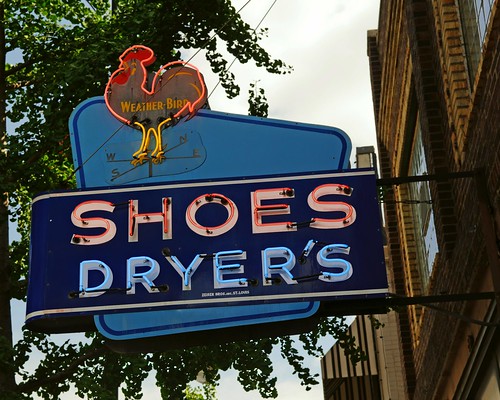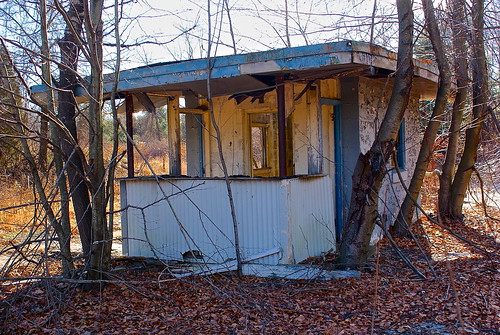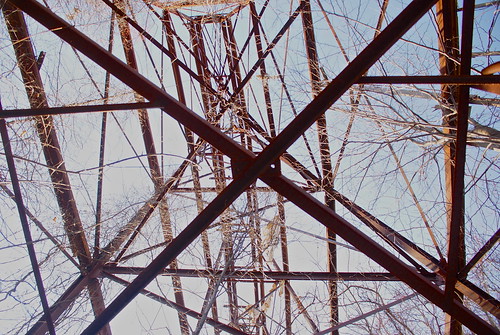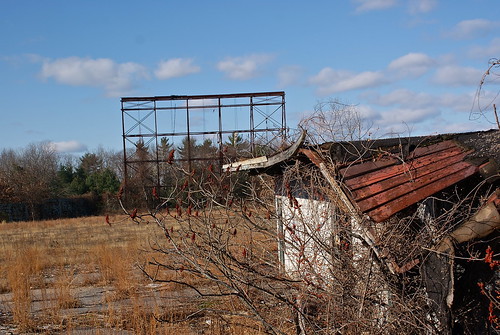From Dave Brigham:
Late last year I posted the first part of this series (see December 26, 2013, "What's In a Named Building? (Part 1)"). Today I give you the second part, which really should have been the first, since the buildings here are the ones that inspired this concept. But I didn't focus my camera on these until after I'd taken other pictures of named buildings.
Stick around for part three in the near future, and most likely others as the year goes along.
Beacon Street in Brookline, Mass., has some fantastic old apartment buildings. Known as "French flats," they were apartment hotels designed for permanent residents, according to the city of Brookline's official web site. Originally the buildings' residents included doctors, lawyers, publishers and other upper middle class types.
These days these buildings -- many of which have highfalutin or Waspy names -- have mostly lost their glamour, but they still look OK. Some are under construction, others, like my favorite, Stoneholm, still look fantastic. Here are some buildings from the street's south side, between Washington Square and Coolidge Corner. The next installment will feature buildings from the street's north side in the same area.

(Majestic -- have been unable to find out anything about this place, the first one I walked past.)

(Bonair -- look at that awful entryway! "Bonair" means "good air," but I bet they don't get much with that monstrosity hanging over the entrance. Designed by Arthur H. Bowditch, the building at 1477-1483 Beacon St. was built by Abram and Jenny Bilafsky of Boston, according to documents from the city of Brookline. The building has two wings, the second of which was known as the Kenmoir.)

(Empire -- this building suffered a fire in January 2012, and is currently being renovated.)

(Royal -- contains "several studio, 1BR, 2BR and 4BR apartments, each carefully restored to maintain their original elegance," according to the property manager's web site.)

(Pembroke -- can't find anything about this building.)
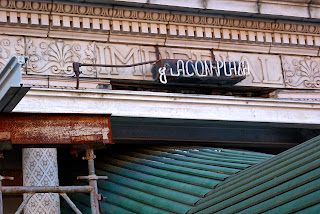
(Imperial -- just love the attempt to cover up an awesome old sign with a ridiculous new one, which obviously isn't that new, because the "B" in "Beacon Plaza" has flipped upside down. Evidently this is a "guest house" of some sort. It has received some pretty negative reviews online. Sad.)

(Metropole -- little information available about this one. As for the word, Wikipedia says: "The metropole, from the Greek metropolis for 'mother city' is the British metropolitan centre of the British Empire, i.e. the United Kingdom itself.)


